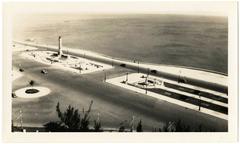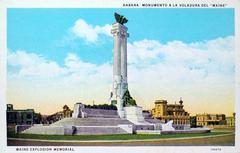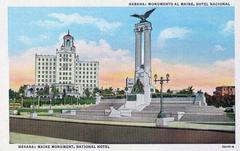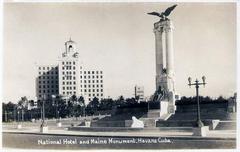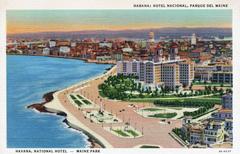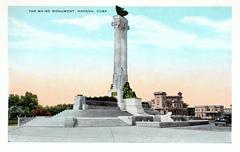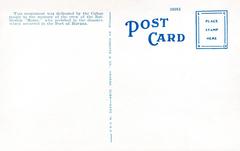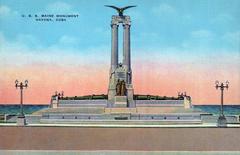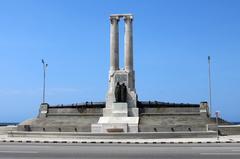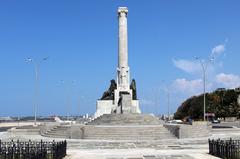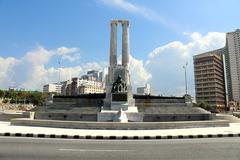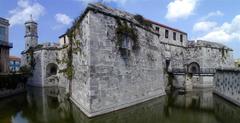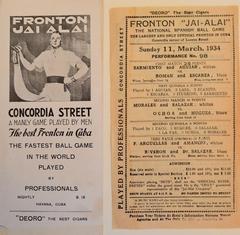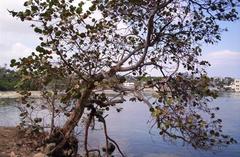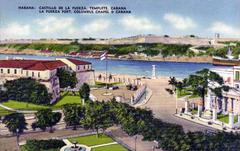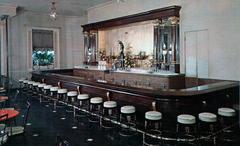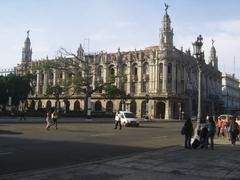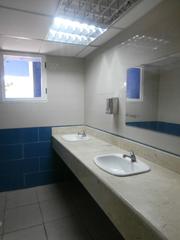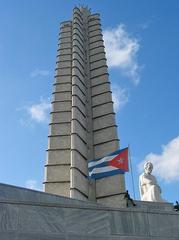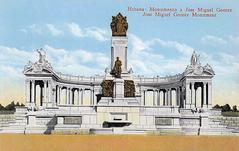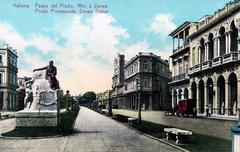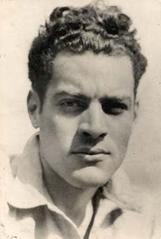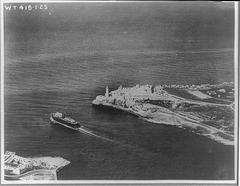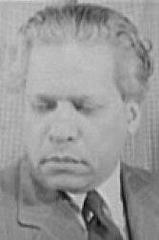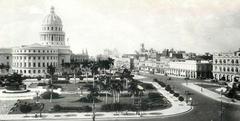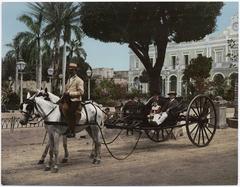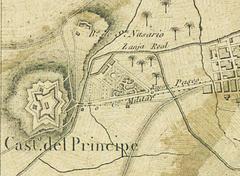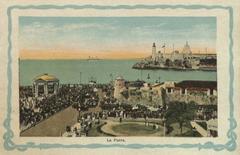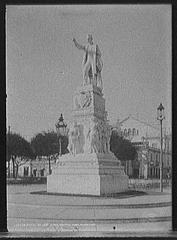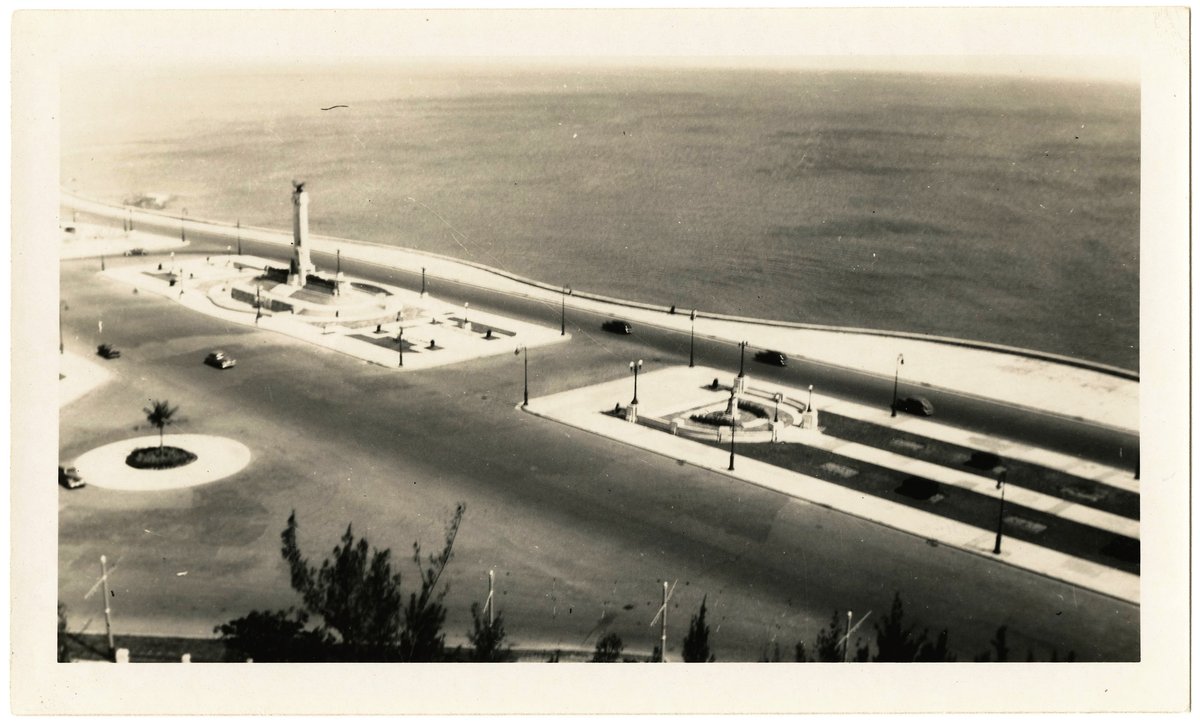
Visiting the Monument to the Victims of the USS Maine in Havana, Cuba: Tickets, Hours, and Tips
Date: 15/06/2025
Introduction
The Monument to the Victims of the USS Maine stands as a striking landmark on Havana’s iconic Malecón, commemorating a pivotal moment in Cuban-American history. This guide provides in-depth historical context, architectural insights, essential visiting information (including hours, accessibility, and tickets), and practical tips for making the most of your visit to this emblematic site. Whether you’re a history enthusiast or a curious traveler, this monument offers a profound window into the events that shaped the course of the Americas.
Historical Background
The USS Maine and Its Legacy
Commissioned in 1895, the USS Maine was a symbol of growing U.S. power and interest in the Caribbean. Amidst Cuba’s fight for independence from Spain, the battleship was dispatched to Havana Harbor in January 1898 to protect American interests (The Clio). On February 15, 1898, the Maine exploded, killing 266 sailors. The cause remains debated—initially attributed to a mine, but later investigations suggested an internal accident. Regardless, the tragedy fueled sensationalist journalism in the U.S., sparking public outcry with the slogan “Remember the Maine! To Hell with Spain!” and precipitating the Spanish-American War (Wikipedia, ushistory.org).
The war ended Spanish colonial rule in Cuba and marked the rise of the United States as a global power, while Cuba’s subsequent independence was tempered by significant American influence.
The Monument: Design, Symbolism, and Evolution
Genesis and Construction
After the Maine’s wreckage was raised in 1911, Cuba’s President established a committee in 1913 to oversee a memorial (SpanAmWar.com). The final design by Cuban engineer Félix Cabarrocas was selected after a competition, with construction beginning in 1918 and the monument inaugurated on March 8, 1925.
Architectural Features
- Location: The monument is situated at the end of Línea Calle in Havana’s Vedado district, adjacent to the Malecón and west of Hotel Nacional de Cuba (TripCuba).
- Design: Neoclassical in style, it features a central stone pylon flanked by two 40-foot Ionic columns, originally topped with a bronze eagle. Salvaged cannons and anchor chain from the Maine are displayed at the base, while a bronze plaque reads “To the Victims of the USS Maine. The people of Cuba” (Wikipedia).
- Symbolism: The eagle, representing American power and vigilance, was removed after the 1959 Cuban Revolution; its parts now reside at the U.S. Embassy and the Havana City History Museum. The monument’s iconography and inscriptions have evolved, underscoring shifting Cuban perspectives on imperialism and national sovereignty (SpanAmWar.com).
Restoration and Legacy
The monument has withstood hurricanes and political change, with major restoration after a 1926 storm and periodic preservation efforts. It stands both as a memorial to the Maine’s victims and as a symbol of the complex, evolving relationship between Cuba and the United States (Wikipedia).
Visiting the USS Maine Monument: Practical Information
Hours and Admission
- Open 24 hours a day, year-round. As an open-air memorial, there are no gates or fences.
- Admission is free. No tickets are required for entry (Lonely Planet).
Accessibility
- Wheelchair accessible: The monument is at street level, with paved, wide sidewalks. Some areas may have uneven pavement, so caution is advised.
- Restrooms: Not available on-site; nearby hotels and cafes offer facilities.
Getting There
- Location: Malecón boulevard, Vedado, Havana, just west of Hotel Nacional de Cuba.
- Transport: Easily reached by taxi, classic car, or public bus. Walking along the Malecón is highly recommended for the full experience.
Guided Tours
- Guided city tours: Many include the monument as a stop, offering valuable context. Self-guided tours are also popular, and apps like Audiala can provide audio guides (under30experiences.com).
Tips for Your Visit
- Best time to visit: Early morning or late afternoon for cooler temperatures and optimal photography light.
- Photography: Capture the monument with the sea as a backdrop, especially during sunrise or sunset. Focus on the sculptural details, inscriptions, and surrounding activity along the Malecón.
- What to bring: Sun protection (hat, sunscreen), water, comfortable shoes, and a camera.
- Safety: The area is generally safe during the day and early evening. Be mindful of traffic and keep valuables secure. During rainy season (May to October), expect occasional downpours and slippery pavements.
Nearby Attractions
- Hotel Nacional de Cuba: Historic hotel with tours and panoramic views.
- Edificio Focsa: Modernist residential tower.
- Museo de la Revolución: For deeper historical context.
- Castle of the Royal Force and Plaza de la Catedral: In Old Havana, a short taxi ride away.
Cultural and Diplomatic Significance
- Cuban Perspective: The monument is a site for both mourning and political reflection, embodying resistance to foreign intervention and evolving national identity.
- International Resonance: It attracts American visitors and diplomats, serving as a focal point for discussions about history and reconciliation (lovecuba.com).
Frequently Asked Questions (FAQ)
Q: Are there any fees or tickets required?
A: No, the monument is free and open 24/7.
Q: Is the monument wheelchair accessible?
A: Yes, but some sidewalks may be uneven.
Q: Are guided tours available?
A: Many city tours include the monument; audio guides are also available.
Q: What’s the best time for photography?
A: Early morning and late afternoon.
Q: Are facilities like restrooms or cafes nearby?
A: Not at the monument itself, but available at surrounding hotels and cafes.
Visuals and Interactive Resources
- Images: Look for photos showing the monument with the Malecón and sea, close-ups of inscriptions, and historic artifacts.
- Interactive maps: Available on Havana tourism websites.
- Virtual tours: Some travel sites and museum resources offer virtual explorations of the monument and surrounding area.
Plan Your Visit
Make the Monument to the Victims of the USS Maine part of your walking tour of Havana’s Vedado and Malecón districts. Combine your visit with nearby attractions for a full day of cultural and historical discovery. For a richer experience, download the Audiala app for guided tours, and follow official tourism sources and our related articles for up-to-date tips and inspiration.
Sources and Further Reading
- The Clio
- Wikipedia
- SpanAmWar.com
- ushistory.org
- Lonely Planet
- lovecuba.com
- under30experiences.com
- Wanderlog
- TripCuba
- Central Park
